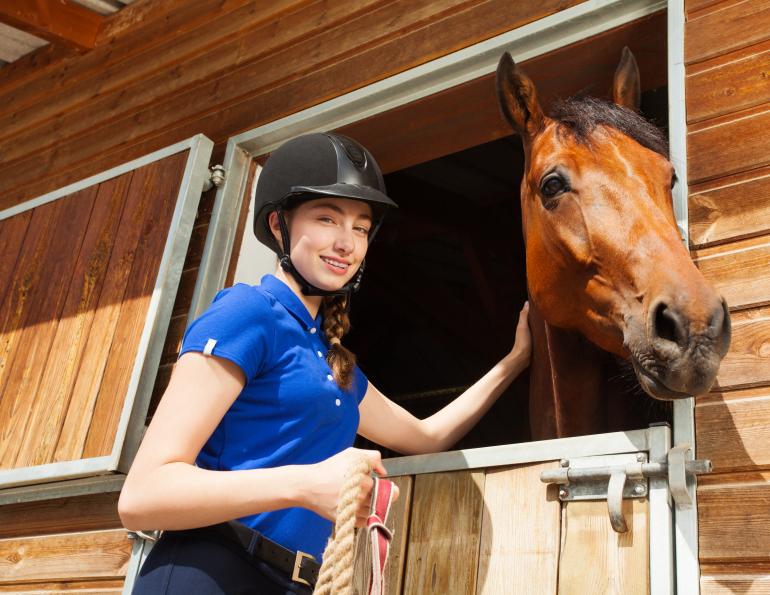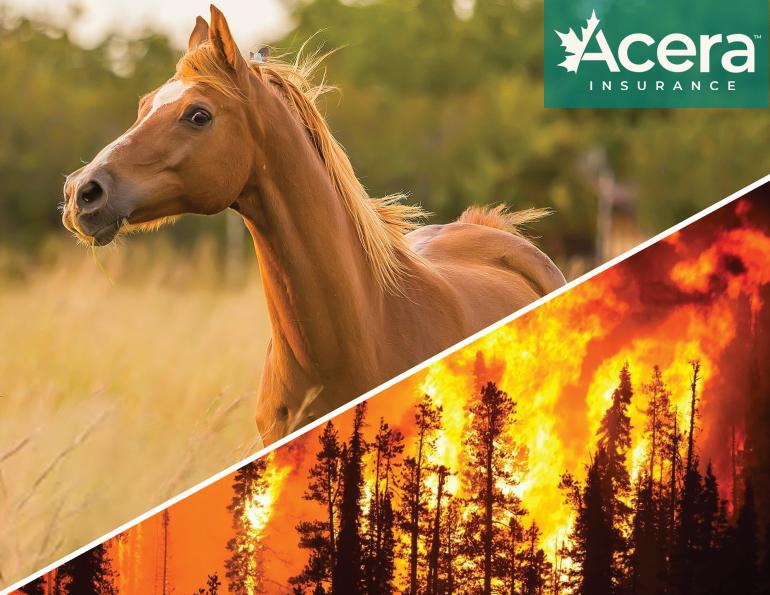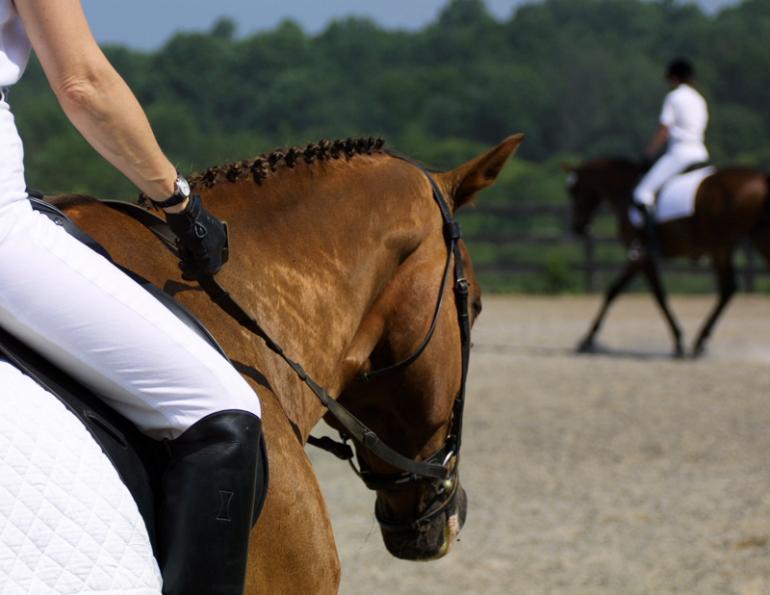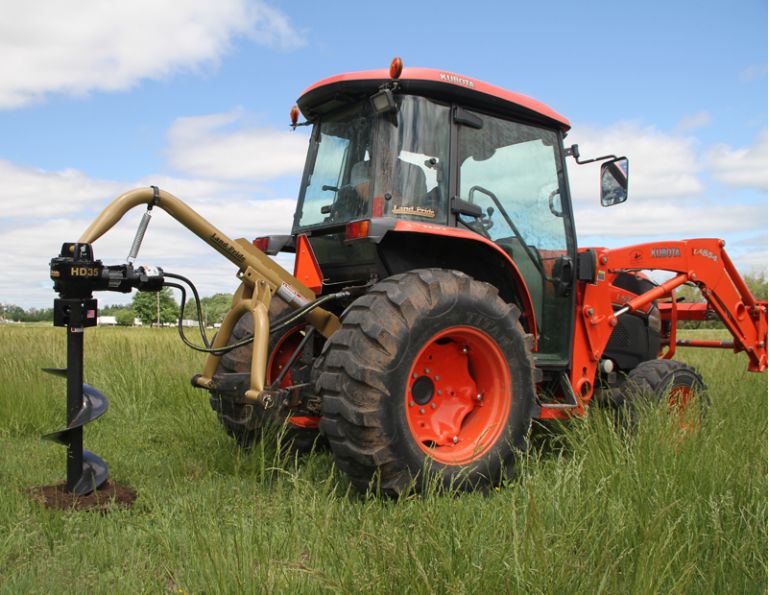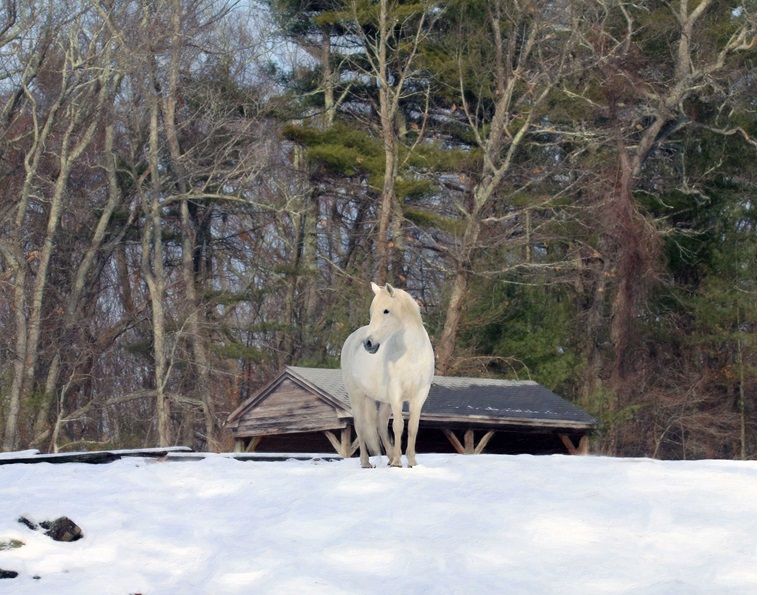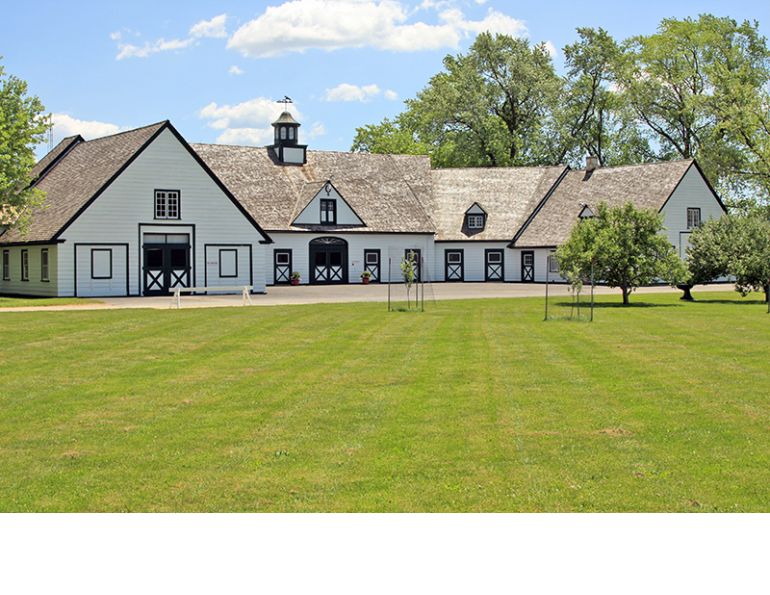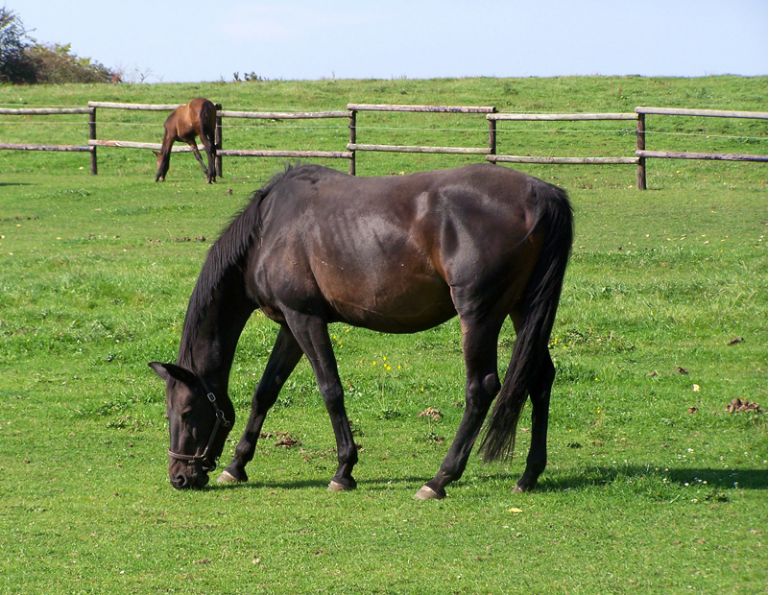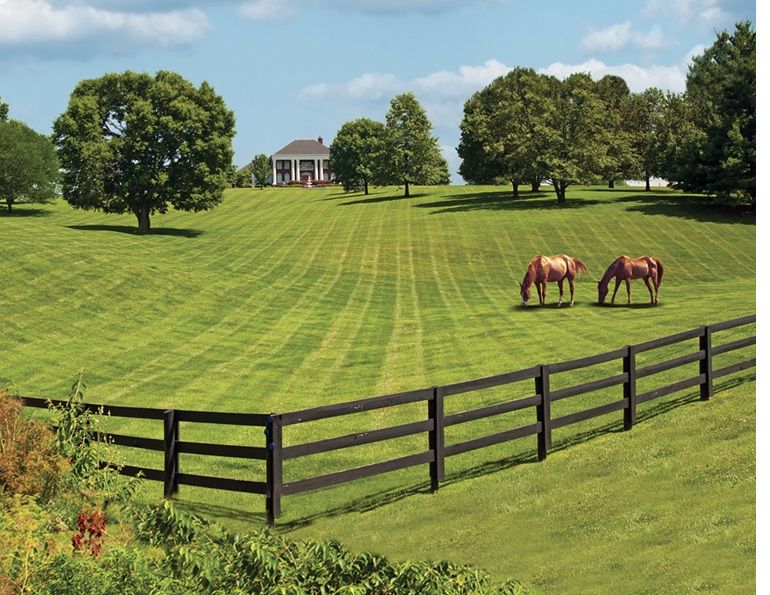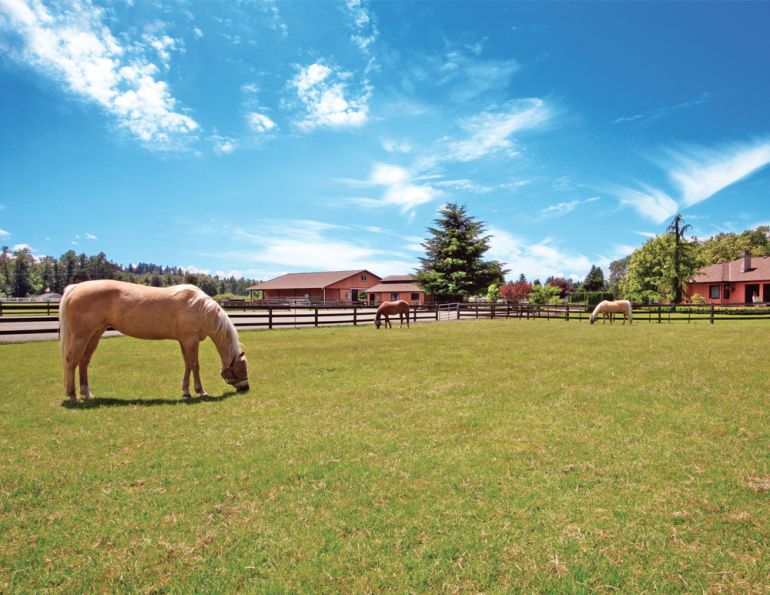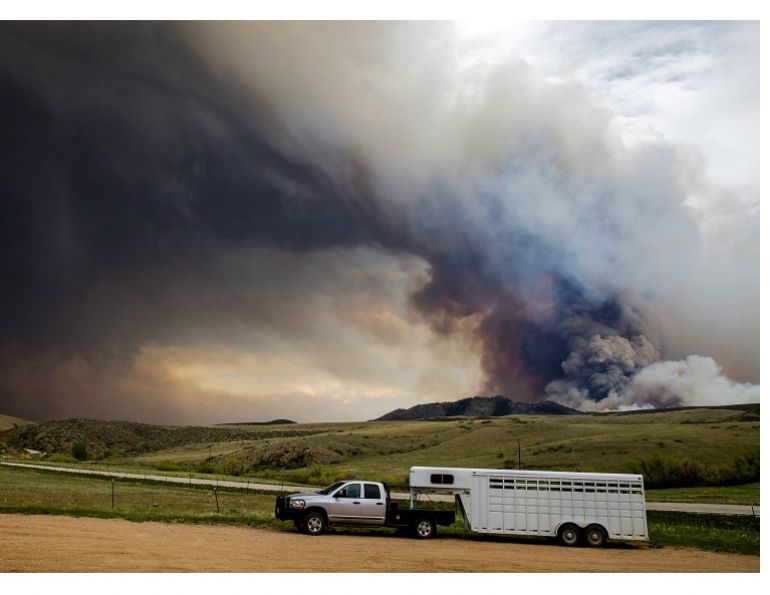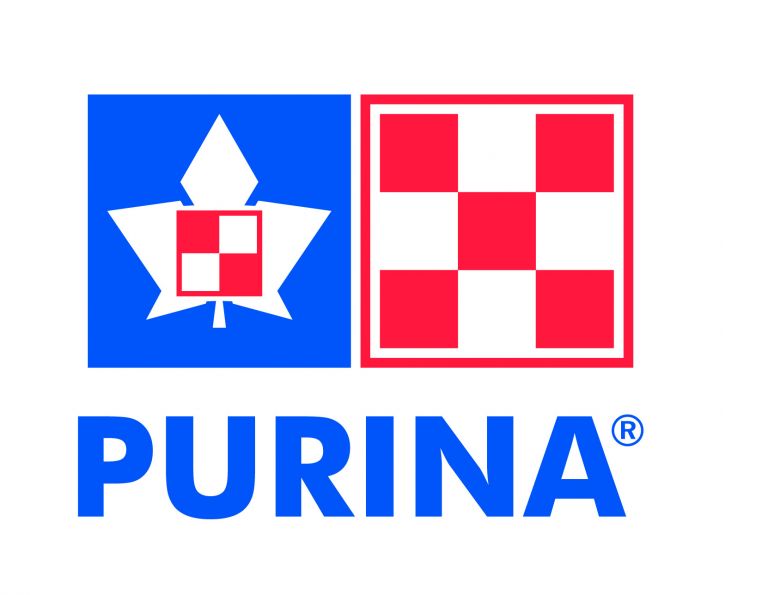By Jess Hallas-Kilcoyne
With all the various types of boarding options out there – self-care, part-board, full-service, pasture board, co-op board, or deluxe – it’s easy to feel overwhelmed by your search for a boarding facility for your horse before you’ve even started. There is no such thing as the perfect boarding barn, but if you take the time to do your research, you should have no problem finding a facility where you and your horse can be happy, comfortable, and safe together.
If you’re not sure where to start, the following steps will help guide you through the process of finding the right boarding facility.
Step 1 – Write down all the features you are looking for in a boarding facility and assign a priority to each – from 1 (absolutely essential) to 5 (nice to have but not necessary). It should go without saying that the top three priorities on your list should always consist of: high standard of care, good quality hay and feed, and general safety. Other features that are commonly marked as high priority include:
Cost – Generally speaking, the more amenities and services a facility offers, the higher the cost of board. So, if you are struggling to stick to your boarding budget, decide which amenities you can live without, or else consider switching to a part-board or self-board situation.
Related: The Real Cost of Horse Ownership
Location – Decide how far you’re willing to travel to visit your horse on a regular basis, taking into account the cost of fuel and driving time. For most horse owners, the ideal location for a boarding barn is close to home or work, or somewhere between the two.
Amenities – When it comes to amenities, some of your essentials may be discipline-specific, such as a cross-country course if you’re an eventer, or easy access to trails if you and your horse love hacking out. If you live in a colder climate and plan to ride through the winter, a heated indoor arena will also likely be at the top of your list. Most other amenities come down to personal preference.
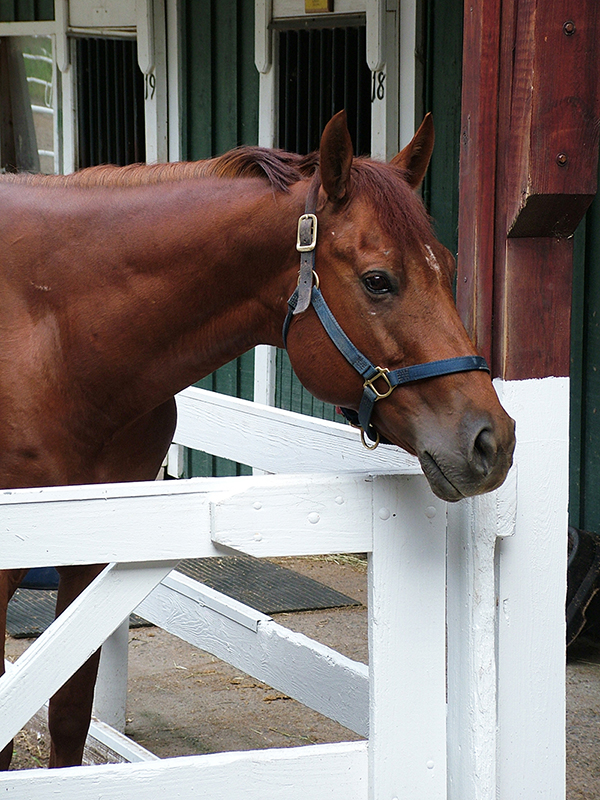
The condition of the other horses at a prospective boarding barn is usually the best indicator of the quality of care provided by the facility. The horses should appear healthy, content, and generally well cared for.
Step 2 – Once you’ve located a number of potentially suitable boarding barns, contact the owner or manager of each facility to obtain more information. Be prepared with your list of questions, which should include, but not be limited to, the following queries:
- Does the facility cater to a specific clientele (i.e. a certain discipline, age group, or skill level)?
- Is there an instructor or trainer on-site, or can boarders bring their own coaches in for lessons?
- What services and supplies are covered by the boarding rate? What items will be your responsibility?
- Does the barn offer extra services, such as blanketing, holding the horse for the vet or farrier, or administering medications, for an additional fee? How about additional stall bedding or extra hay?
- How many feedings does the facility provide per day, and at what times? What type of hay and feed do they serve?
- How many hours of turnout do the horses receive daily? Are they turned out in paddocks or pastures, individually or together, and how many horses per enclosure?
- How tight is barn security? Does the facility owner or manager live on the property? Are the horses monitored around the clock or does somebody check on them periodically throughout the day and how often?
- What are the barn hours? Are they compatible with your typical daily schedule?
- Are all the boarders required to follow the same mandatory schedule for vaccinations and deworming?
- On what days and at what times does the barn see the most use? Is there ever a wait to use popular amenities such as the cross-ties, round pen, or the riding arena?
Step 3 – If you like the answers you received to the above questions, the next step is to arrange a visit to the barn. During your tour of the facility, make sure you pay attention to the following points:
Overall Appearance – The facility doesn’t have to be fancy or 100 percent spotless, but at first impression the stables and yard should appear clean, tidy, and well maintained, as well as free of any obvious safety hazards such as broken boards, protruding nails, and miscellaneous clutter in horse-handling areas.
Barn Interior – Note and assess the appropriateness of the size and height of the stalls, type and amount of bedding used, and degree of cleanliness. Ideally, there should be plenty of natural light, and the air should smell clean and fresh, not musty, damp, or tinged with the odour of ammonia. Fire extinguishers should be installed in obvious locations.
Turnout – The turnout areas, whether paddocks or pastures, should be of adequate size, and the fencing made of a horse-safe material (not barbed wire), sturdy and in good repair. Paddock footing should be good quality material that drains well and is properly maintained, and pastures should not appear overgrazed or overrun by weeds. If the horses live outside, there should be adequate shelter for all the horses in each enclosure. All the turnout areas should appear as though cleaned regularly, without a build-up of manure.
Related: The Code of Practice for the Care and Handling of Horses
Other Horses – A boarding facility’s current equine residents are the best indicator of the quality of care it provides. If the other horses appear healthy, content, and well cared for, you likely won’t have to worry about your horse receiving substandard care.
Other Boarders – If you get the chance to chat with the other boarders, ask them what they think of the barn. Not only will you likely collect valuable information about the facility itself, but you may also get a sense of the type of people that board there and whether you would enjoy their company.
Hay Quality – Assess the quality of the hay; high quality hay will be soft and flexible to the touch, fine-stemmed, leafy, green, fresh, and sweet-smelling. Hay that is brown, coarse, dusty, moldy, smells musty or fermented, or is full of weeds or debris is not suitable forage for horses.
Water Supply – Is there an adequate source of clean, fresh water in every stall, paddock, and pasture? Dirty or empty water buckets and troughs should be interpreted as a major red flag.
Arenas & Exercise Areas – The dimensions of the riding arenas, round pens, and any other exercise area should suit your purposes, and the footing should be of good quality, appropriate type, and well maintained. If you usually ride in the evenings, make sure the arena has good lighting.
Boarding Contract – At the end of your tour around the facility, ask for a copy of the barn’s boarding contract, which should outline the boarding rates and barn rules, and describe the rights and responsibilities of both the facility owner and yourself as the boarder. Take it home and read through it carefully to make sure that you would feel comfortable signing it if you end up deciding this boarding barn is your horse’s new home.
After visiting each potential, jot down the pros and cons of the facility, and any other relevant information. When you have visited all of your top candidates, compare your notes for each facility against your list of boarding priorities to determine the boarding barn that is the best fit for you and your horse.
Related: 50 Ideas for Improving Your Horse Property
Related: TLC for Horse Barns & Properties
Main Photo: ©iStock.com/Bradley1989



